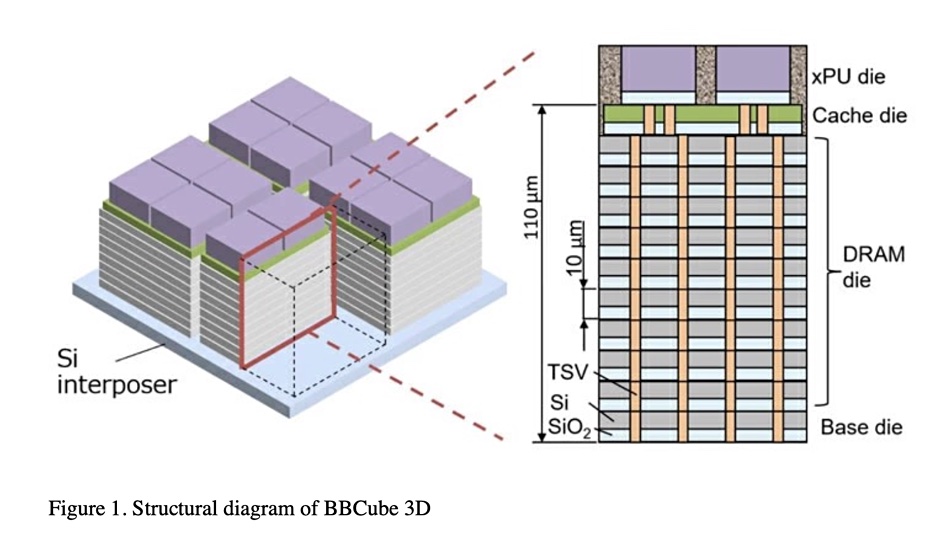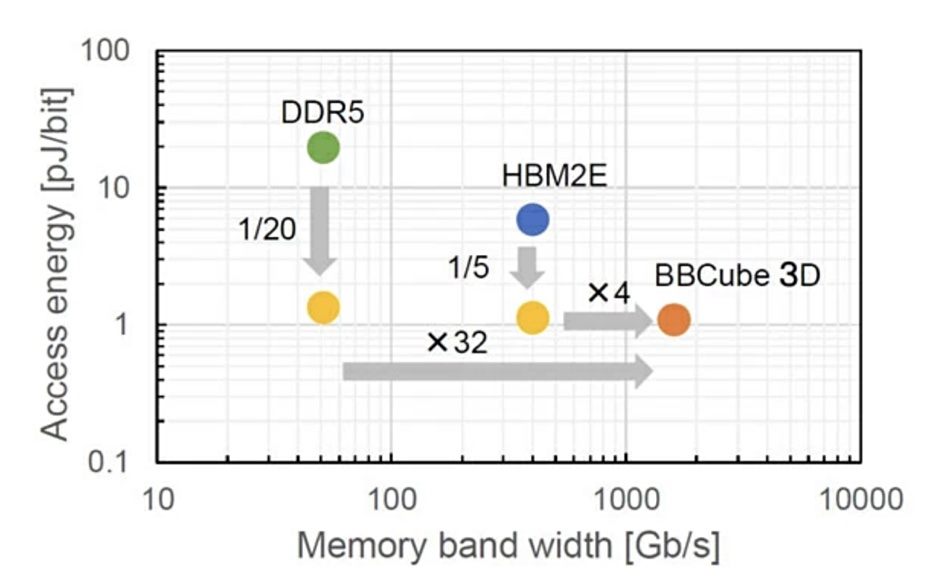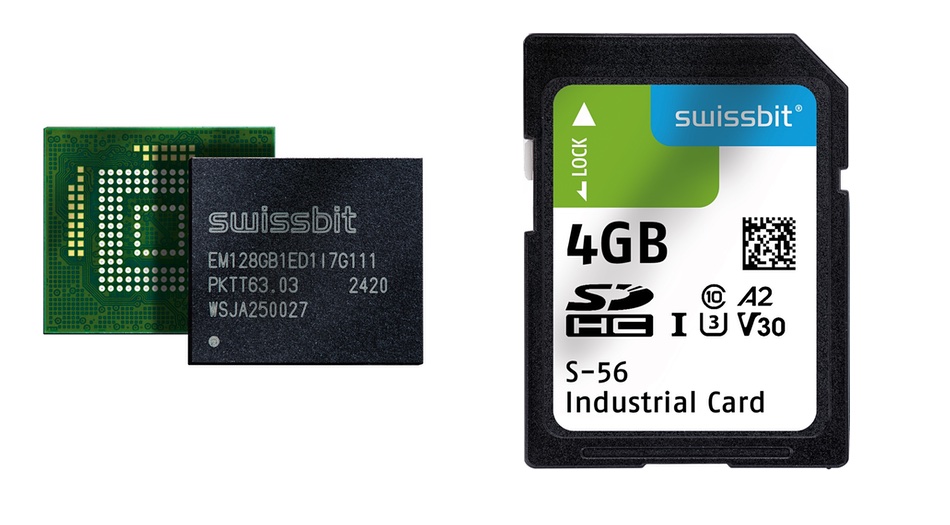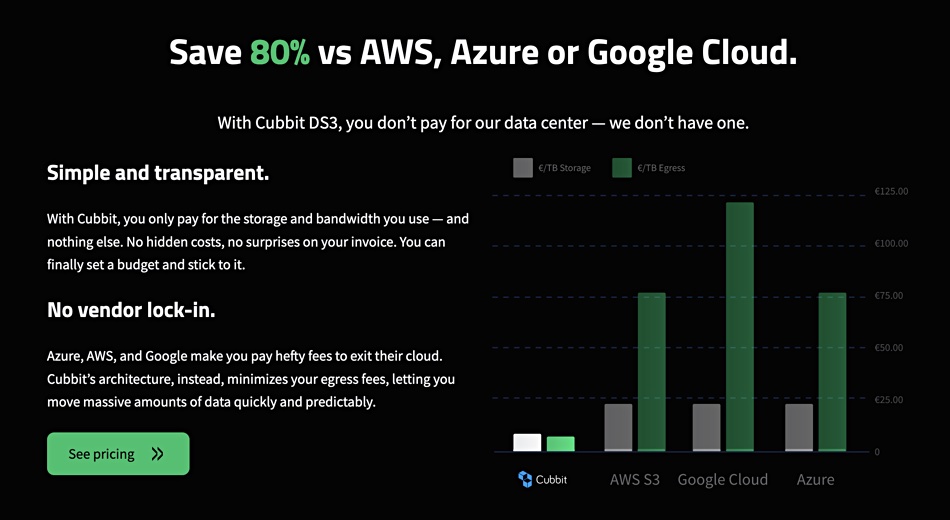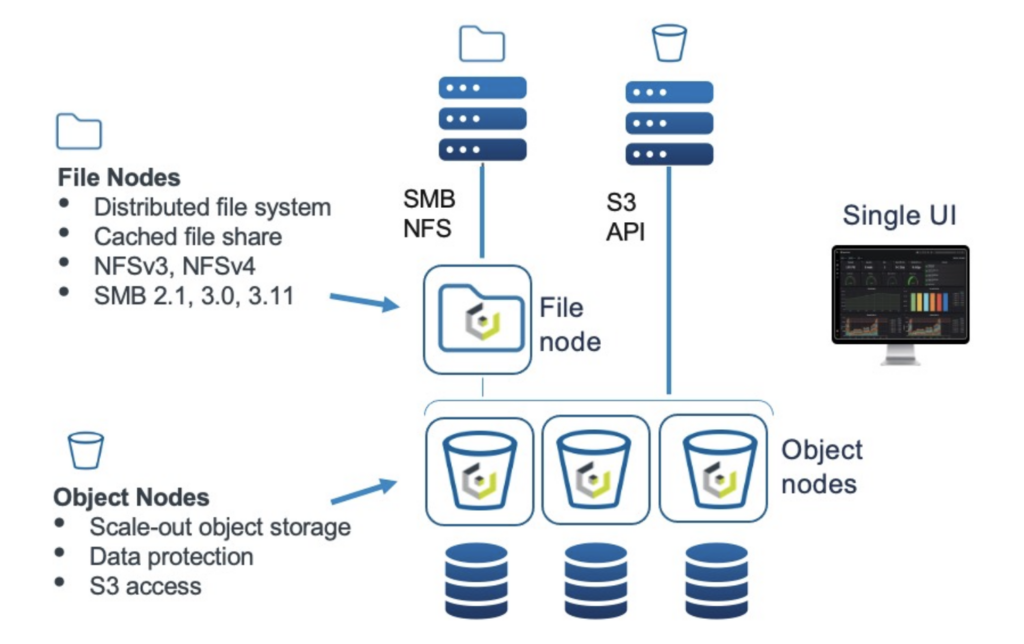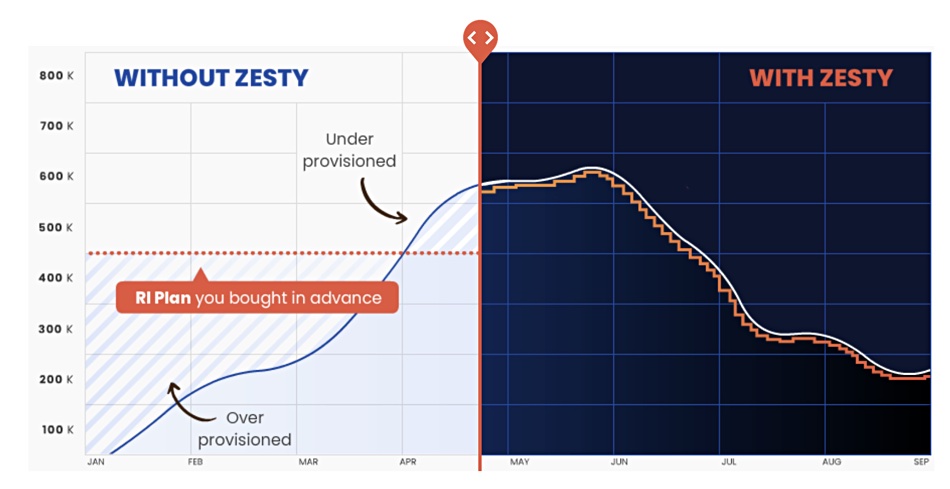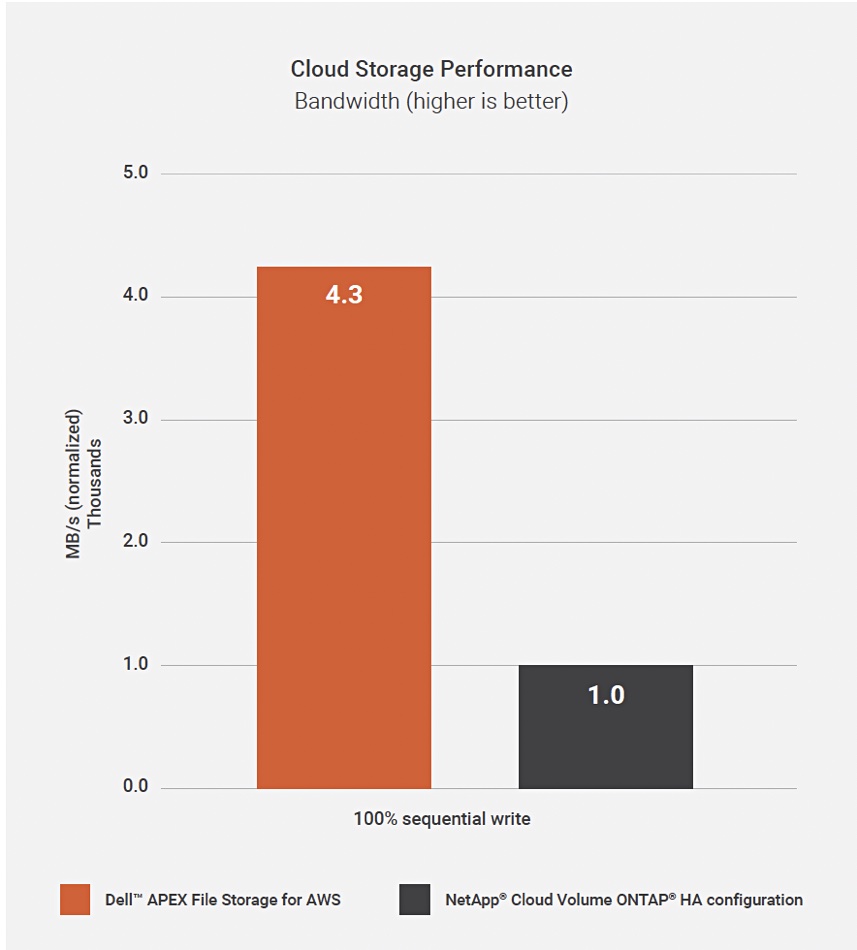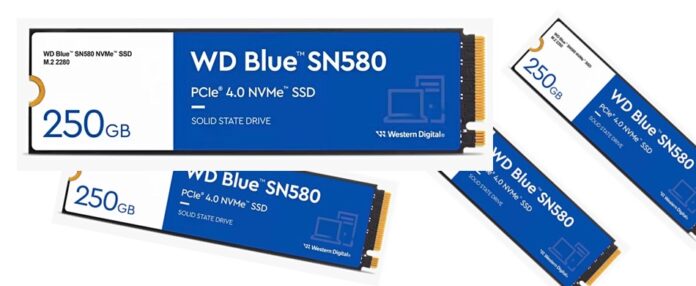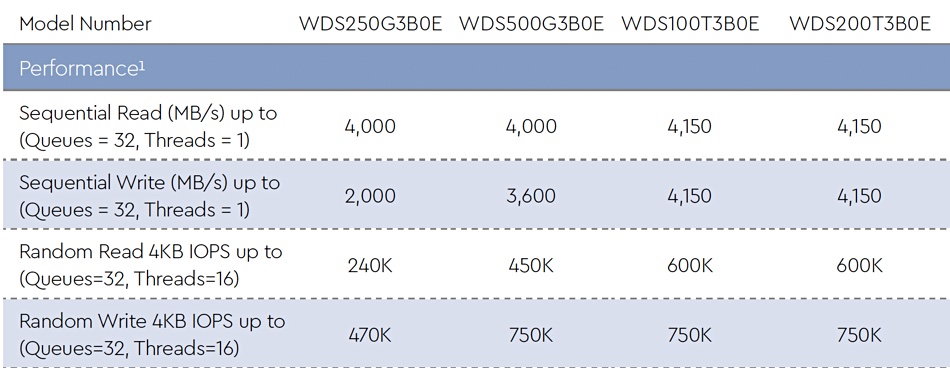Open source data lakehouse supplier Dremio has hired ex-Splunk chief cloud officer Sendur Sellakumar as CEO and president.
Dremio was founded in 2015 and has grown rapidly as the need for analytics has become widespread and data warehouses were found to be too restrictive. It has taken in $410 million in VC funding with three consecutive rounds in 2020 ($70 million), 2021 ($135 million) and 2022 ($160 million). But, as we’ll see below, Databricks has raised a whole lot more.
The large language model hype should help Dremio grow. It has been led by Billy Bosworth since February 2020 but he quietly departed in February this year to become a managing director at Vista Equity Partners.
Tomer Shiran, Dremio’s co-founder and CPO (co-founder Jacques Nadeau left in 2021), said: “We are thrilled to welcome Sendur Sellakumar to Dremio as our new CEO. Sendur’s exceptional leadership skills and extensive background in the technology sector make him the perfect fit to lead Dremio into its next phase of growth. His strategic mindset and customer-centric approach align with our vision for the company.”

Sellakumar said: “I am honored and excited to join Dremio as its CEO. Dremio’s innovative approach to enterprise analytics and its commitment to empowering organizations with fast, flexible, and reliable access to their data is truly impressive. I am looking forward to working closely with the talented Dremio team to further accelerate the company’s growth and deliver exceptional value to our customers. We are committed to helping enterprise customers realize the value of their data in driving business outcomes.”
He spent nine years at Splunk and was a VP for investment banking at Morgan Stanley before that. There was a 17-month period at ServiceTitan in the SVP Commercial and Construction role, between Splunk and the new Dremio gig. ServiceTitan sells software for home and commercial service and construction contractors.

Dremio competes intensely with Databricks, which just bought generative AI startup Mosaic for $1.3 billion. Databricks has vastly more funding than Dremio – an astonishing $3.6 billion with $2.6 billion of that raised in two rounds in 2021. In the 2020-2022 period Dremio pulled in $365 million, still nothing to sneeze at.
Dremio told us: “In February of 2023, due to personal reasons, Billy Bosworth transitioned from the CEO role back into an Executive Board Member role, which is where he started with Dremio several years ago. Between February 2023 and Sendur’s appointment, Edward Sharp, Dremio’s CFO, was Dremio’s acting CEO in the interim.”
After Bosworth left, Dremio’s chief revenue officer, Alan Gibson, went in March, turning up at data science and AI learning system supplier DataCamp as its CRO in May. Dremio CFO Edward Sharp is the interim head of sales. Sellakumar has a CRO recruitment process to complete as well as devising a strategy to compete with rivals.






